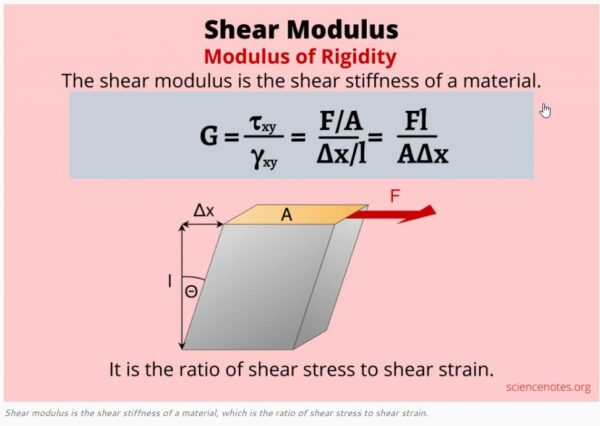Helical Piers vs. Concrete Footings: Choosing the Right Foundation Solution
Building a new structure, whether it’s a home, deck, or addition, requires a solid foundation. Two popular options are helical piers and concrete footings. Each has its own advantages and disadvantages, making the choice dependent on various factors. This article delves into the intricacies of both foundation systems, providing a comprehensive understanding to help you…






